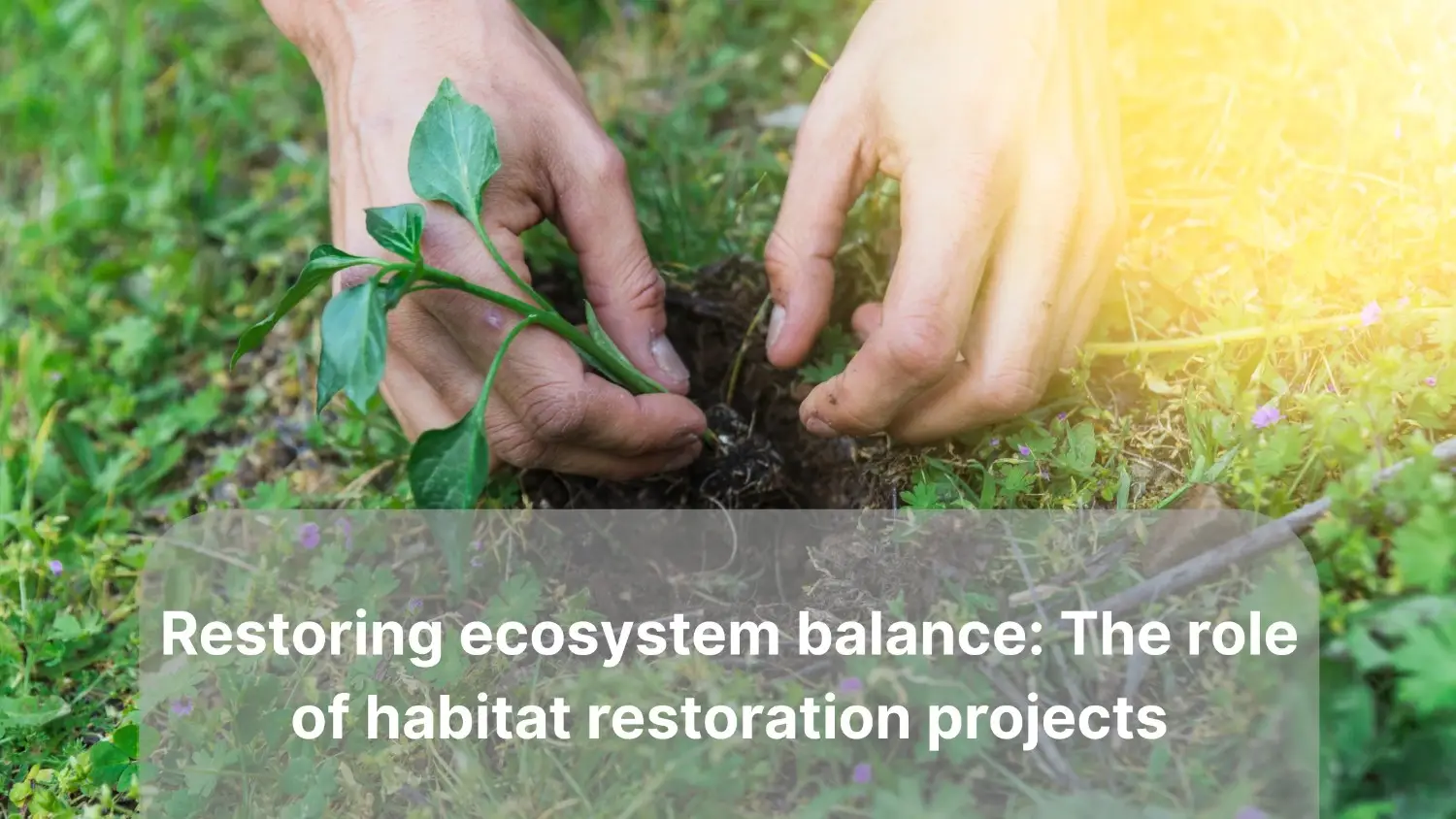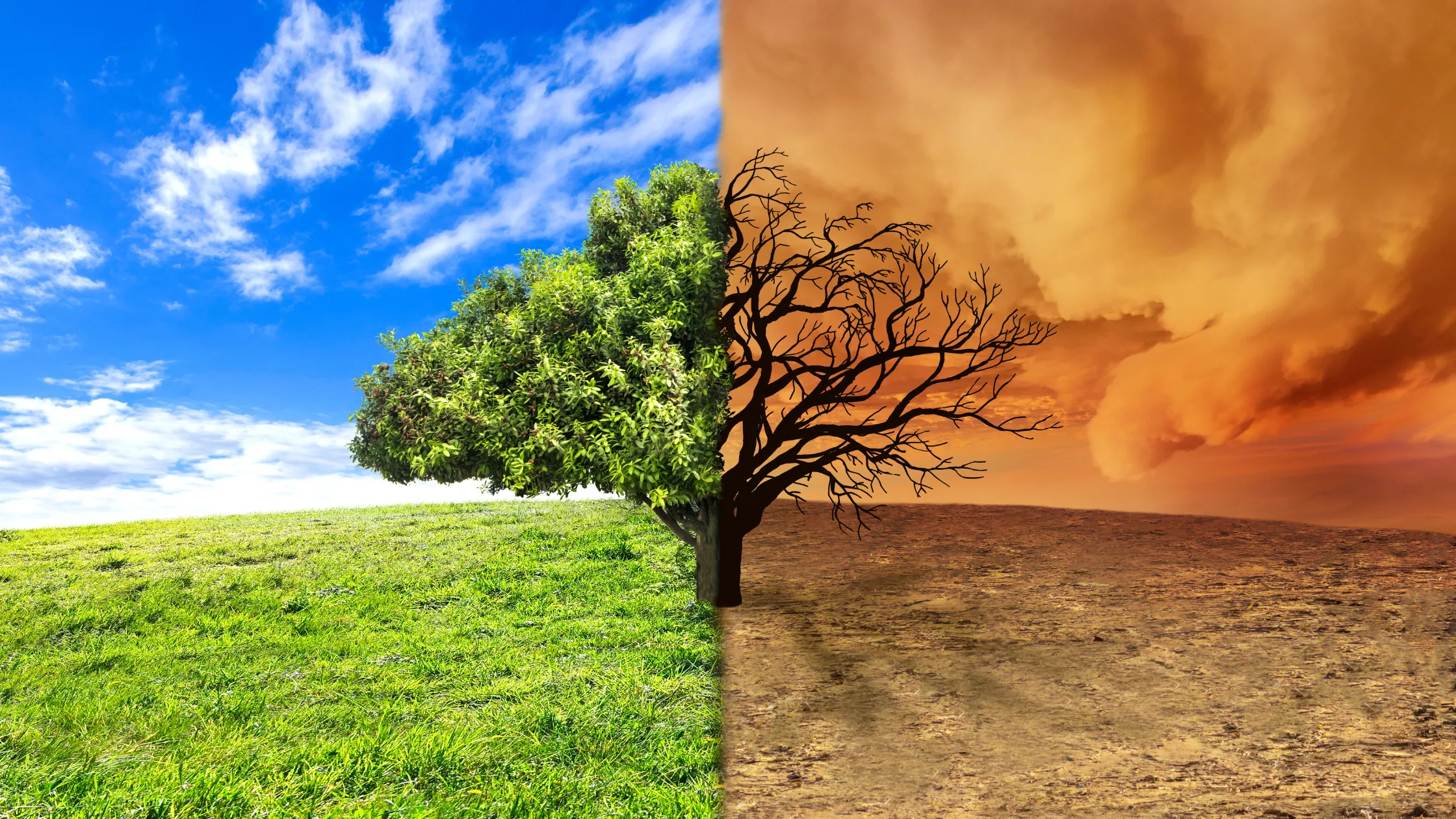
Refabricating Reforestation Projects Around The World: Restoring The Habitat Setting and Promoting Biodiversity Wellbeing
Reforestation is a critical approach when handling environmental issues. Reforestation projects around the world are gaining momentum as countries and societies feel the need for restoring and protecting the habitat and promoting diversity.
With the sole aim of restoring rich biodiversity that has deteriorated due to human activities and natural disasters. These initiatives focus on everything from tropical reinforces to temperate woodlands. These blogs will take you on the adventure of restoring projects in different parts of the world, which help to restore habitats and biodiversity.
Relevance of Reforestation
Alteration in the environment comes from the practice of deforestation, which comes from various areas. Many important ecosystems have been vanquished, there is a decrease in biodiversity, and climate change is accelerating. There is a huge impact of deforestation on human life due to logging activities, urbanization, and vast agriculture, as it disrupts the human form. The green, lush forests are essential for the Earth and other forms of life.
Forest acts as a natural means for carbon sequestration, which helps in regulating the climate, but with the loss of tree-covered forests, wildlife habitats suffer, and the risk of species extinction rises.
The reforestation projects are a prime source to handle this environmental footprint. By application of afforestation practices and preserving biodiversity, they make a significant contribution to the restoration ecosystem, species protection, and combating climate change.
Trees are essential for other life forms and create an environmentally viable condition for wildlife, which nourishes the soul.
REFORESTATION APPLICABILITY ON THE AMAZON RAINFOREST
One of the most acknowledged and well-known and most important globally reforestation projects is taking place in the Amazon rainforest, known as the lungs of the forest. Comprises a forest covering countries in South Africa but, due to severe destruction through logging and agricultural practices, this tropical paradise has suffered massive deforestation. To counter this, multiple organizations and governments have put into motion plans for biodiversity preservation and habitat restoration in the region.
Planting native trees to restore damaged ecosystems is the main aim of initiatives like the ‘Amazonia Reforestation Project.’ Many insect species, macaws, and even jaguars are some of the fauna found feasting and nesting among these trees. It is clear that Amazon serves to bring breath to the global population; they must restore the habitats, stimulate the biodiversity, and soak carbon dioxide, which is hugely essential for the globe’s climate.
Reforestation efforts across the globe, specifically in the Amazon, could serve as a great motivation to allocate more resources towards the crucial fight to save and rehabilitate the great divine environment. However, there is a huge restoration moving on in the Amazon, and it’s believed that the positive impacts on climate change and biodiversity in the long term are going to be tremendous.
The Great Green Wall of Africa. The “Great Green Wall” is one of the world’s greatest reforestation initiatives located in Africa. This project aims to stem the expansion of the desert by the plantation of a green wall of trees that covers from the western part of Africa in Senegal to Djibouti in the East. The Great Green Wall Project involves the restoration of some of the most environmentally damaged areas, where the main focus is on biodiversity rather than futile aggrandizement of tree planting. This project aims to improve the land soil, restore the ecosystem, and aid in food security for the millions whose livelihood depends on the land.
When trees are planted, microclimates that help in supporting flora and fauna are made, erosion is reduced, and the soil becomes more durable. The rehabilitation of the ecosystem and biodiversity enables the Great Green Wall to transform previously desolate regions into areas where wildlife can flourish. The initiative also boosts quality of life in the neighbouring areas by increasing food production, providing employment opportunities, and developing climate change resilience among the people.
Chinese version of the Green Great Wall
One of the most vast projects of reforestation, the Green Great Wall or the Three-North project shelterbelt, is one of the most significant projects globally. It was initiated to reduce desertification and soil erosion resulting from overgrazing, deforestation, and industrialization. This has been an ongoing project for more than a few decades in the northern part of China.
The massive afforestation project is aimed at creating a huge forest belt in the northern areas of China to restore habitats and increase biodiversity in regions affected by the Gobi Desert expansion.
China intends to safeguard agricultural land and reduce the possibilities of sandstorms by improving the soil quality through the plantation of millions of trees.
Despite challenges such as the need for more indigenous species of trees and additional water resources, the Great Wall still serves as proof of the relevance of afforestation projects around the world. The Chinese government’s reforestation strategy has helped decrease soil erosion and desertification. With time, the greenery will assist in an even greater capacity by improving biodiversity within the country.
You Can Also Read: The Impact of Climate Change on Biodiversity: Challenges and Solutions
Rewilding Efforts In Europe
The concept of rewilding is gaining inclination and interest in Europe as a part of the global reforestation initiative. Rewilding establishes the ecosystem by planting more trees and bringing back the native species that were lost to human activities. This strategy is already being adopted in Scotland, Portugal, and the Netherlands to help restore biodiversity.
The Caledonian Forest was a large forest that used to exist in the Scottish Highlands and peripheral lands and is currently being restored through a project named “Trees for Life”. Development and agriculture have resulted in centuries of forests being cleared, which has led to the disappearance of many native flora and fauna species.
Projects like the Trees for Life reforestation project ensure the restoration of both trees and the wildlife that are dependent upon them for survival. The project aims to bring forth biodiversity by restoring habitats, which is why they plant native Scots pines and hope to attract animals like the Eurasian lynx and red squirrel.
The “Rewilding Europe” project in Portugal has the same goals of restoring biodiversity and habitats, but without interference from humans. This means focusing on preserving Portuguese ecosystems without planting trees. This strategy has increased the population of wild horses, wolves, and birds of prey like hawks and owls.
Costa Rica: The Nation That Sets An Example For Reforestation
When it comes to forestry and conservation, no country has been able to compete with what Costa Rica has been able to do over the years. Thanks to its geographical location, it is known for its rich biodiversity and thriving rainforests, along with being able to stop deforestation, restore habitats, and promote biodiversity. By providing proper regulations that encourage landowners to protect and reforest their land, Costa Rica has been able to significantly increase the amount of forested area in the country.
Another major factor at play in Costa Rica’s success is the focus on ecotourism as a source of income to fund reforestation projects all around the globe. People from every corner of the world come to visit Costa Rica for the astonishingly beautiful scenery, and during their stay, they spend money that goes towards supporting conservation efforts. This type of sustainable tourism has proven to be very effective for restoring habitats and increasing biodiversity.
The purpose of these projects, such as the Guacaste Conservation, is to recover the damaged tropical dry forests. They are not only restoring the trees and vegetation but are also bringing back the rich life that used to exist there by planting indigenous species and then letting nature take its course. This is a superb case on how worldwide reforestation efforts ought to be undertaken, since Costa Rica is reforesting its forests. It is home to endangered bird species and monkeys, and jaguars.
Working on the reforestation of India
India has been at the forefront of reforestation initiatives across the globe and sustains a wide range of ecosystems from dry forest to tropical rainforest. One such initiative is the Green India Mission, which aims to mitigate the impact of climate change, restore the deteriorated ecosystem, and increase forest cover.
By planting trees in natural and artificial environments, India is making great strides towards restoring habitats and increasing biodiversity. It is especially important in some regions like the Western Ghats, which is rich in biodiversity but has suffered from habitat destruction and degradation. The aim of the country is to enhance the economy of the region, protect endangered fauna, and restore ecosystems through reforestation.
Conclusion
All around the globe, nations carry out steps that are aimed at planting trees and restoring ecosystems during reforestation projects. These acts provide large rewards, particularly in combating climate change and protecting wildlife. Restorative measures such as these are the key to healing the planet. Be it the Amazon rainforest, the African Great Green Wall, or even rewilding projects underway in Europe, all are helping us pave the road towards a sustainable future.
As preferred species of fauna and flora are reintroduced into the previously damaged areas, we can begin to get ready for a world that future generations can brag about. The balance that humans once had with nature can be restored. Biodiversity will flourish, and so will the ecosystems. Let’s focus on these new global reforestation measures with the aspiration that, with strong determination, we can help restore habitats on a global scale.




